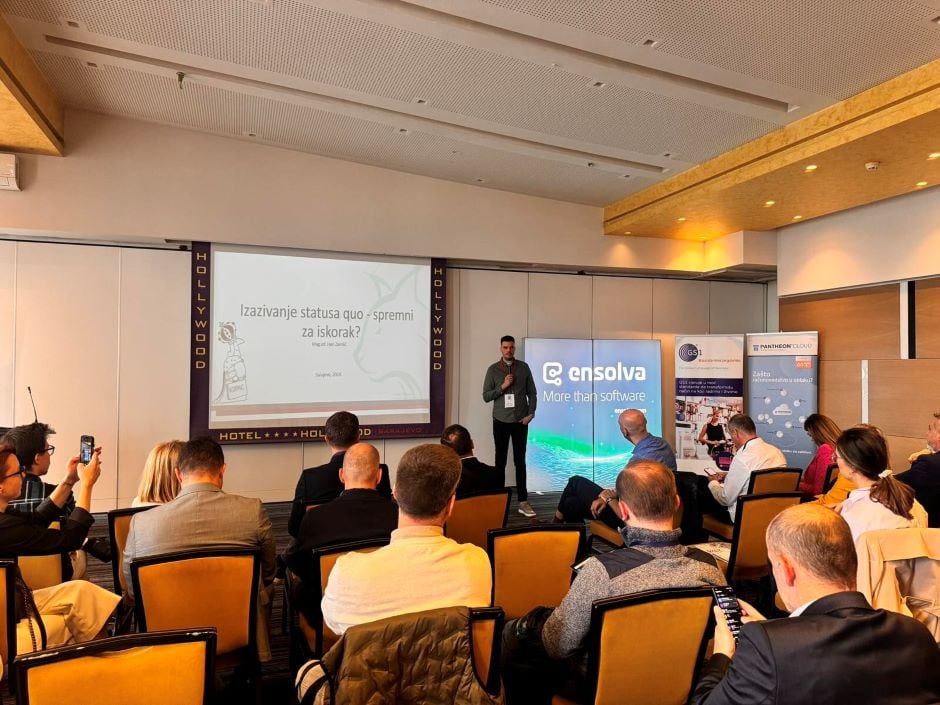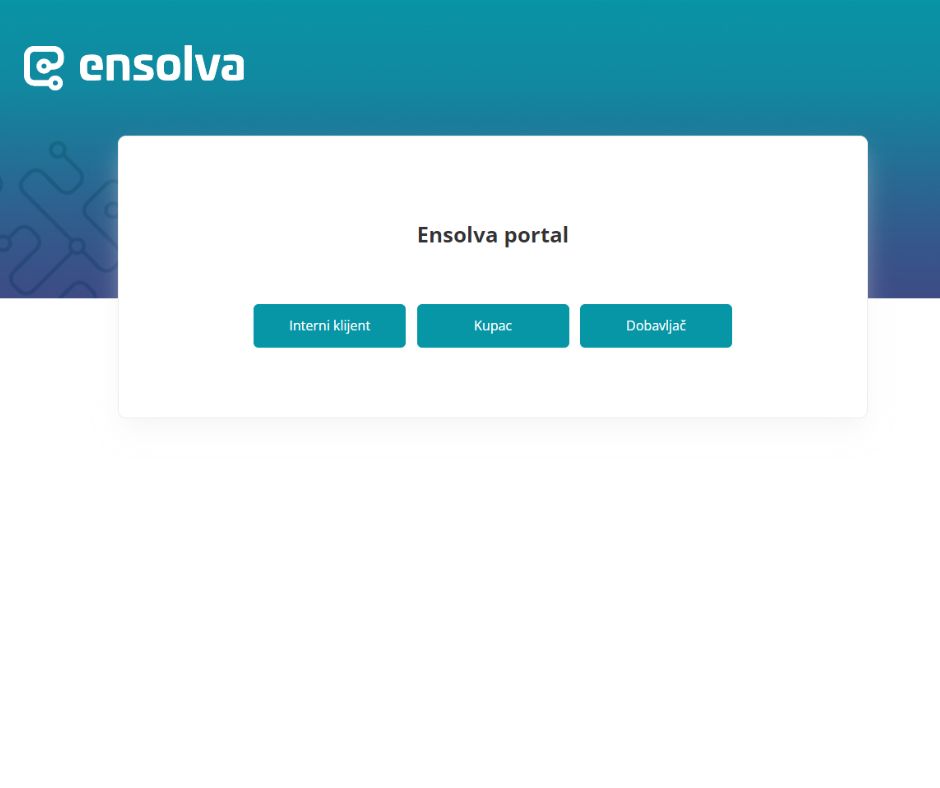Sustainability has become a major theme that extends through all spheres of our life and work. Information about how companies manage their environmental, social and governance risks and opportunities is becoming increasingly important to everyone involved in any business process. That is why ESG reporting has become an inevitable step for all companies that want to attract investors. In addition, from next year in the Republic of Croatia it becomes mandatory for all large companies, and in the coming years it will be extended to all others. In this blog, we’ll explore how to prepare your company for ESG reporting in a few key steps.
What is ESG?
Before you get started with ESG reporting, it’s important to understand what ESG actually means. ESG refers to environmental, social and governance aspects of business. This includes issues such as environmental protection, social responsibility, business ethics, and governance and transparency. Research the topic, extract key terms and make sure your team clearly understands it before moving forward.
What is the next step?
The next step is to assess the current state of the company related to ESG factors. Therefore, it is necessary to analyze the existing policies, practices and processes. Check how your business relates to environmental goals, social responsibility and management standards. Make an assessment of what the strengths and weaknesses are, that is, the areas that require improvement.
How to set goals for ESG reporting?
Based on the initial assessment, you need to set goals. Goals must be specific, measurable and focused on your priorities. These can be goals such as reducing greenhouse gas emissions by calculating the carbon footprint, rational energy consumption, improving diversity in the workplace or increasing measures to prevent corruption, and the like. Your goals will actually be what have been your weaknesses so far, that is, what needs to be improved. That is why it is important to make a detailed and good assessment that we described in the previous step.
How to integrate ESG strategy into your core business strategy?
ESG reporting should not be separated from your core business strategy, so connect them. This will ensure that sustainability is an integral part of all your business activities. Align company values with achieving your ESG goals. Simply think about your core business strategies in a sustainable way.
What to do in terms of data collection and analysis for the ESG report?
In order to prepare a quality ESG report, you must systematically collect and analyze essential data. Thus, it includes quantitative (eg, the amount of greenhouse gas emissions) and qualitative data (description of initiatives to raise social responsibility). Invest in technologies that can help you monitor and report on ESG indicators.
What should the ESG report look like?
You will create the ESG report after you have collected enough data and made all the necessary analyses. This document must be transparent, informative and detailed. In it you should describe your goals, achievements, challenges and plans for the future. Also, be prepared to have your report independently audited to confirm its reliability.
What after creating the report?
After all, it is important to present the results of the ESG report to your stakeholders. These are shareholders, investors, clients, employees and everyone else directly involved in your business. This kind of communication helps build trust and demonstrates your commitment to a sustainable business.
How to prepare procurement for ESG reporting?
Preparing procurement for ESG reporting serves to integrate ESG factors into the procurement process and ensure that suppliers adhere to appropriate standards. This includes the following several steps:
- Analyze the risks: Start with a supply chain analysis to identify ESG risks. Assess environmental, social and governance aspects and discover which suppliers are particularly exposed to ESG risks.
- Set ESG standards: Define the ESG standards you expect from suppliers, eg. require a reduction in carbon footprint, ecological packaging, respect for workers’ rights and similar.
- Rate suppliers: Evaluate suppliers according to ESG standards. You can evaluate them by taking surveys, asking for certificates or any other way that suits you. Ensolva can help you in this step with the SAQ (Supplier Audit Questionnaire) module.
- Include ESG in contracting: Add ESG clauses to contracts with suppliers, they should clearly define expectations and standards, but also define monitoring and reporting methods.
- Check compliance with ESG: Create a system to monitor suppliers’ compliance with ESG standards and ask them for regular reporting.
- Educate employees and suppliers: Organize good education for your employees and suppliers about the importance of ESG and their role in it.
- Integrate ESG into your procurement strategy: Link ESG to your procurement strategy so that these factors are included in all aspects of procurement. Also, regularly review and update your ESG standards to adapt to changes.
- Collaborate with suppliers: Continually collaborate with suppliers to improve ESG factors together.
Preparing a company for ESG reporting requires a strategic approach and commitment to sustainable business. By following these steps, you can ensure that your company remains competitive and responsible. ESG reporting is more than an obligation – it’s an opportunity to grow and contribute to a better world.



